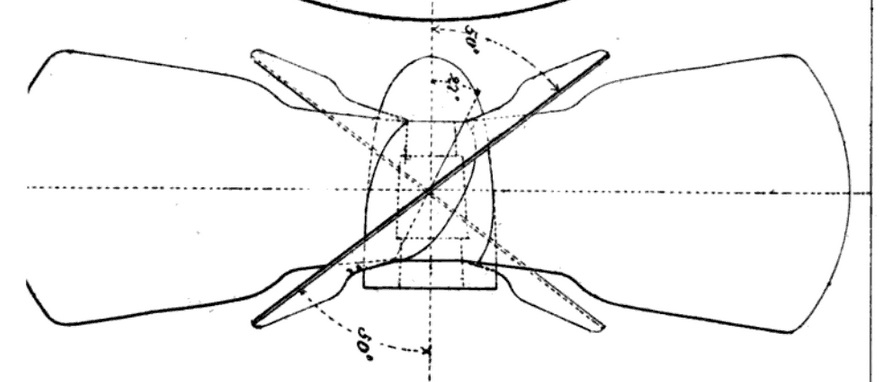 Today we continue with our series on interesting ships from the Navy Yard. This time, the ship was actually built here – and sunk here, though that’s a story for another week.
Today we continue with our series on interesting ships from the Navy Yard. This time, the ship was actually built here – and sunk here, though that’s a story for another week.
After the (dubious) success of the Germ, plans were made to build a number of ships using Hunter’s wheel. The first indication of these was made in the Madisonian newspaper. It announced two ships, one smaller, and one larger, were to be made in the Norfolk Yard, though at least one would have an engine made at the Washington Navy Yard, which “work equal to any in the country.”
Instead, one of the whole ships was actually built there; and so on March 20, 1845 the famous Michael Shiner mentions that “the united States iron Steamer water Witch Wher launch.”
Two weeks later, the ship had the honor of having President Polk “accompanied by a few friends” (as the Baltimore Sun of April 9 wrote) take a tour of the Potomac on it. The ship was commanded by no less than Lieutenant Hunter himself. The President and his party were taken to the Long Bridge (basically today’s 14th Street Bridge) where they landed and took carriages back to the White House.
However, the Water Witch was not to stay at the Navy Yard forever. She had been designed for the mundane task of moving water around the Norfolk Navy Yard as well as a tugboat. Four days after having hosted the President, the new boat was sent off to Norfolk to begin her actual duties.
The first reports from Norfolk were good: She achieved speeds of 11 miles an hour, and towed a number of ships around the Norfolk Navy Yard. However, it turned out that she was too big for her actual duty as a water tank, and worse, it was determined that her performance was lacking. On June 25th, the Baltimore Sun reported that the new ship had been ordered to Philadelphia, “for the purpose of having her engines, machinery and propellers altered.”

Drawing of the Loper Propeller from John William Nystrom’s 1852 book A Treatise on Screw Propellers and their Steam-Engines (Google Books)
Furthermore, she was to be lengthened by some 30 feet, a significant addition to her 100-foot length. Another major change was a replacement of her propellers, with the Hunter variant replaced by one designed by Captain Richard Loper. The Loper Propeller were mounted below the waterline in the stern of the ship, much as today’s propellers. The major difference is that the vanes are simply flat pieces of metal unlike the screws invented by Ericsson, which later became the default mechanisms.
Nonetheless, the Water Witch seemed to hold its own for a time, and when it was compared later that year with the Engineer, which had Ericsson propellers, it was considered its equal. Nonetheless, further major changes were made to the ship, including replacing the propellers with the more conventional side-wheels. She was recommissioned on August 21, 1847, under the command of Lt. George M. Totten and sent to the Gulf of Mexico to take part in the Mexican-American War.
More on this ship’s saga –and its return to the Washington Navy Yard– next week.
